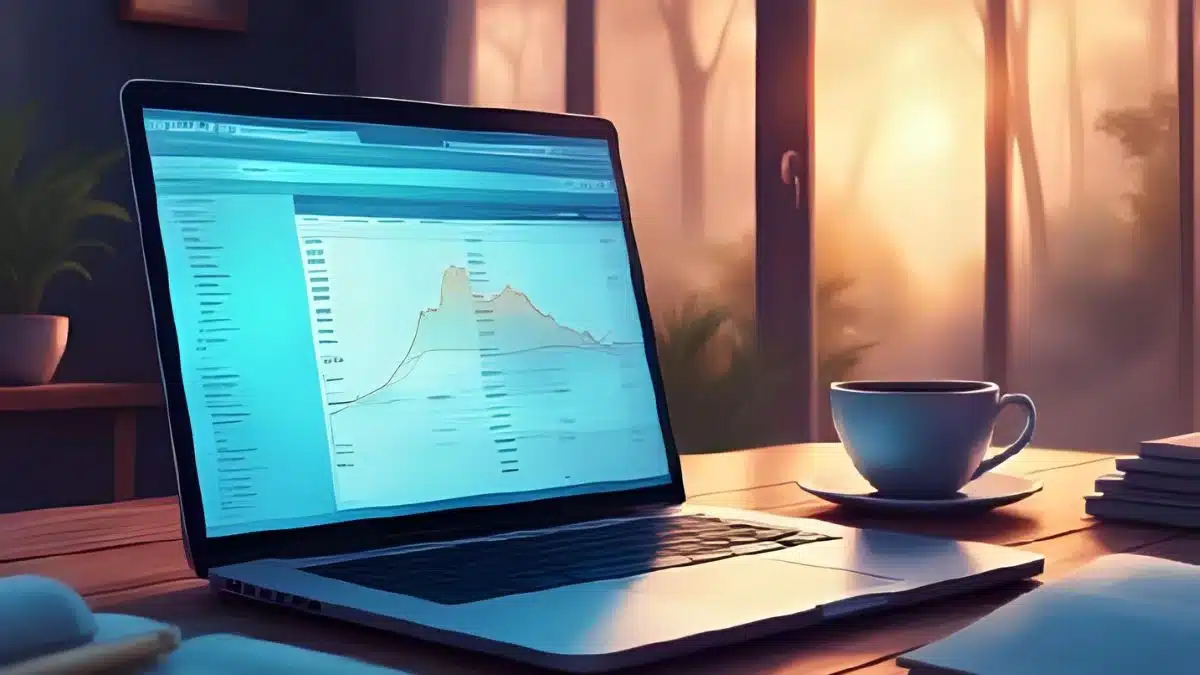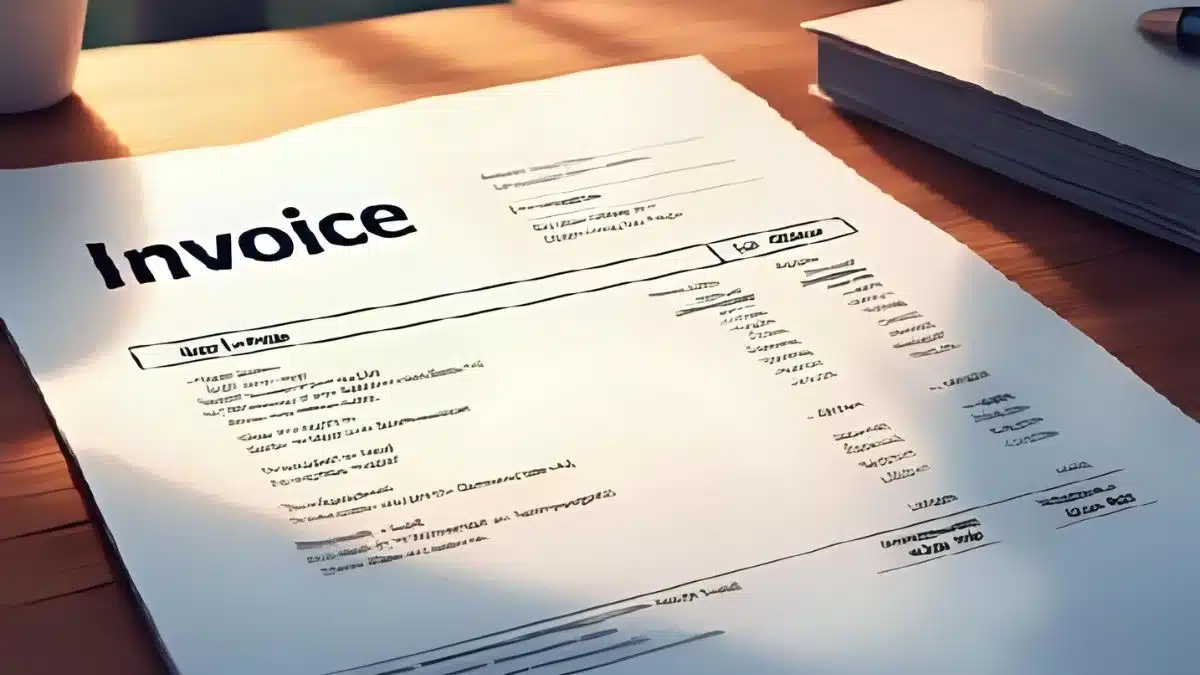Do you often struggle with collecting payments from your customers? Managing trade receivables effectively can be a challenge, especially when balances pile up and delay cash flow. This can disrupt your operations and limit your business growth.
Alam mo ba? Recent data from Bangko Sentral ng Pilipinas reported in early 2025 shows that nearly half of Philippine medium to large enterprises face liquidity issues due to rising financing costs and tighter credit. For example, Philippine Seven’s Q1 2025 cash reserves fell over 50% year-over-year, with a negative PHP 2 billion operating cash flow.
Effectively managing trade receivables is essential for maintaining cash flow and reducing financial risks. Businesses should implement strategies to track outstanding payments, monitor overdue invoices, and ensure timely collections. This approach helps optimize working capital and supports overall financial stability.
Gusto mo bang matutunan kung paano mapapabuti ang iyong receivables management? Keep reading to discover strategies and best practices to boost your financial operations and maintain a steady cash flow.
Key Takeaways
|
Table of Contents
What are Trade Receivables?
Trade receivables refer to the amounts owed to a company for goods or services sold on credit. These amounts are recorded in the company’s cash receipts journal and are considered current assets on the balance sheet. In most cases, they are expected to be paid within a year, often within 30 to 90 days based on the company’s terms with customers.
Trade receivables are a major part of a business’s current assets, along with cash, inventory, and prepaid liabilities. They are classified as short-term assets because they are expected to convert into cash quickly. Businesses also track payment terms and schedules for proper financial management.
What are Non-Trade Receivables?
Non-trade receivables are amounts owed to a company that arise from sources other than regular business sales. These can include tax refunds, insurance payouts, or employee loans. While these are recorded on the balance sheet, they can be reclassified as noncurrent assets if payment is expected beyond a year.
Non-trade receivables do not involve generating an invoice. Efficient management of trade and other receivables is crucial to maintaining liquidity, as it also plays a role in cash flow. Examples include employee loans, wage advances, income tax refunds, interest payments, and insurance claims.
How to Calculate Trade Receivables
Calculating trade receivables is relatively straightforward once you understand the components that make up this figure. You can calculate them using the following formula:
Trade receivables = Bills Receivables + Debtors
- Bills Receivables: These are invoices that are still within their payment terms and have not yet reached the due date. They represent amounts owed to the business that are expected to be collected soon.
- Debtors: Debtors refer to invoices that have passed their due date and are still unpaid. These represent amounts that are overdue and may require follow-up or collection efforts.
Example
Let’s assume a company sells ₱50,000 worth of office equipment on credit, and the following amounts are involved:
- Bills Receivables: ₱35,000 (invoices due within the next 30 days)
- Debtors: ₱15,000 (invoices overdue by 45 days)
Using the formula
Trade receivables = ₱35,000 + ₱15,000 = ₱50,000
So, in this example, the company has ₱50,000 in total trade receivables. This amount represents what the company is owed, including both outstanding bills and overdue invoices.
Accounting for trade receivables:
- At the time of sale:
- The sales account is credited by ₱50,000 (recording the revenue).
- The trade receivables account is debited by ₱50,000 (representing the amount owed by the customer).
- When payment is received:
- Once the customer pays, the company credits the trade receivables account by ₱50,000 (removing the outstanding amount).
- The company debites the cash account by ₱50,000 (recording the incoming payment).
Non-trade receivables example
Let’s say a business is expecting a ₱30,000 refund from the Bureau of Internal Revenue (BIR) as part of a tax refund. The company will recognize this as a non-trade receivable. In addition, the business has lent ₱10,000 to an employee as an employee loan. These amounts are recorded as non-trade receivables on the balance sheet.
- Tax Refund (₱30,000):
This is a receivable the company expects to receive in the near future from the government. It is recorded as a current asset on the balance sheet, since it is expected to be received within the year. This is recorded under real accounts, as it represents an actual asset the company expects to convert into cash.
- Employee Loan (₱10,000):
This amount is loaned to an employee and expected to be repaid. Like the tax refund, it is a current asset if repaid within a year. If beyond a year, it becomes a noncurrent asset. These loans are real accounts, as they represent future assets.
In this example, the total non-trade receivables would be ₱40,000, consisting of the tax refund and the employee loan. These entries are recorded under both real and nominal accounts in the cash receipts journal, ensuring accurate financial reporting.
Trade Receivables and Working Capital
A company’s accounts receivable play a crucial role in calculating working capital. Working capital is a financial metric used to measure a company’s operational efficiency and short-term financial health. It is calculated as:
Working Capital = Current Assets – Current Liabilities
Current assets include items such as accounts receivable, inventory, and cash equivalents, while current liabilities encompass accounts such as accounts payable.
Days Sales Outstanding (DSO)
One important metric for evaluating working capital is Days Sales Outstanding (DSO), which measures the average number of days it takes for a company to collect payment after a sale. A lower DSO is generally more favorable, as it indicates that the company is receiving payments quickly and can use the cash for further operations or investments.
However, the other side of this equation is the buyer. Some buyers may extend their payment terms to increase their Days Payable Outstanding (DPO), which represents how long they take to pay their suppliers. A higher DPO can result in a higher DSO for the supplier, as they may not receive payment for 30 or even 90 days, depending on the payment terms.
Effective management of trade receivables and working capital ensures that a company can maintain a balance between quick payment collection and supplier relationships.
Read more: Top 20 Accounts Receivable Software Solutions in 2025
How to Reduce Trade Receivables?
Reducing trade receivables is essential for improving cash flow and minimizing financial risk. By shortening the time it takes to collect payments, businesses can free up cash for operations, invest in growth, and reduce reliance on external financing. Now, let’s explore some effective strategies to achieve this.
Invoice immediately
Delays in issuing invoices can directly lead to delays in payment. To minimize this, ensure that invoices are issued within 48 hours of delivering a product or completing a service. The quicker you invoice, the faster you can expect to receive payment, improving working capital.
Mail invoices as a last resort
Traditional mail can slow down the invoicing process. Instead, email invoices as soon as possible. This method accelerates the receipt of invoices by your clients and leads to quicker processing and payment, positively impacting your trade receivables.
Establish clear payment terms
Clearly defined payment terms are vital for reducing payment delays. By communicating terms such as “due upon receipt”, you can encourage clients to pay sooner. Additionally, providing easy payment methods like PayPal or credit cards can further expedite payments, reducing the aging period of trade receivables.
Consider discounting
Offering a small discount (such as 5%) for clients who pay early is an effective way to encourage faster payments. This strategy incentivizes customers to clear invoices before their due dates, helping you reduce non-trade receivables and keep your trade receivables in check.
Add deposits on larger purchases
For larger/custom orders, deposits reduce credit risk and secure partial payment upfront, improving cash flow. Especially useful for high-value products/services, this tactic ensures financial stability before work begins.
Don’t wait for overdue payments
When invoices go unpaid for extended periods, escalate the issue promptly. Consider sending reminder emails or involving a collection agency if necessary. This reduces the risk of doubtful accounts and helps recover trade receivables that might otherwise be written off.
To better manage trade receivables and optimize cash flow, HashMicro’s accounting software offers an automated solution that streamlines invoicing, payment tracking, and reporting. Click the banner below to explore our pricing and learn how you can implement it in your business today.
What Does an Increase in Trade Receivables Mean?
An increase in trade receivables often means a company has made more sales, but payments haven’t been collected quickly enough. This could indicate inefficiencies in the collection process, especially if the receivables-to-cash ratio is high. In this case, the company might be facing difficulties in converting its receivables into cash.
Alternatively, a low balance may suggest that the company’s payment terms are too strict, potentially limiting sales. On the flip side, an increase in receivables could point to higher-risk clients who delay payment or are unable to pay due to cash flow issues.
To mitigate this risk, companies set up an Allowance for Doubtful Accounts on their balance sheet. This allowance estimates potential losses from uncollected receivables and adjusts the total amount shown in the assets section.
Manage Trade Receivables With HashMicro’s Accounting Software
Manual trade receivable management, even with basic software, can harm cash flow due to errors and delays. HashMicro’s Accounting Software, offers a comprehensive solution to streamline and automate the management of trade receivables, helping businesses improve efficiency and accuracy. Here are some key benefits:
Automated invoice tracking
HashMicro automates invoicing and reminders, minimizing delays and promptly collecting payments, thus managing trade receivables.
Real-time reporting
Real-time reporting allows instant viewing and tracking of trade receivables status. Monitor metrics like turnover ratio and days to make data-driven decisions and improve receivables management.
Integrated payment solutions
The software integrates seamlessly with payment gateways, allowing customers to pay invoices online. This integration not only speeds up the collection process but also enhances cash flow, reducing the time your business waits for payment.
Customizable credit policies
HashMicro software manages credit policies by setting limits, terms, and assessing customer creditworthiness, protecting your business from excessive credit risk.
Comprehensive aging reports
Generate detailed aging reports to quickly identify overdue accounts. This feature allows you to prioritize collections and take appropriate action, reducing the likelihood of bad debts and improving your overall financial health.
Conclusion
In this article, we explored how effectively managing trade receivables is essential for improving cash flow and business stability. Strategies like issuing invoices promptly and establishing clear payment terms can help reduce overdue accounts and boost financial health.
HashMicro’s accounting software offers a powerful solution for automating accounting management. With features like automated invoicing, real-time reporting, and integrated payment solutions, it helps businesses streamline the receivables process and improve cash flow.
Ready to optimize your receivables and improve financial efficiency? Book a free demo with HashMicro today to discover how our accounting software can help your business stay ahead.
FAQ About Trade Receivables
-
Are trade receivables a liability or asset?
They are considered assets, specifically current assets, on a company’s balance sheet. They represent amounts owed by customers for goods or services that have been delivered but not yet paid for
-
What is the difference between trade receivables and bills receivable?
Trade receivables refer to amounts owed for goods or services sold on credit, while bills receivable refer to promissory notes or formal documents in which a customer agrees to pay a specific amount by a certain date. Bills receivable are usually more formal and involve a written agreement.
-
What do you mean by trade payables?
Trade payables are the amounts a business owes to its suppliers for goods or services it has received but not yet paid for. Unlike trade receivables, which are money owed to the business, trade payables are debts the business must settle with others.


























